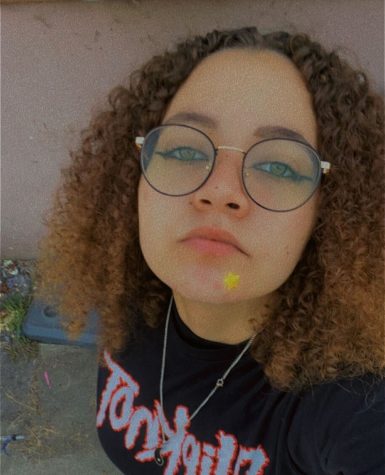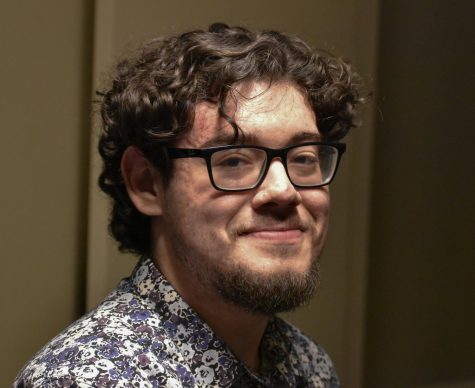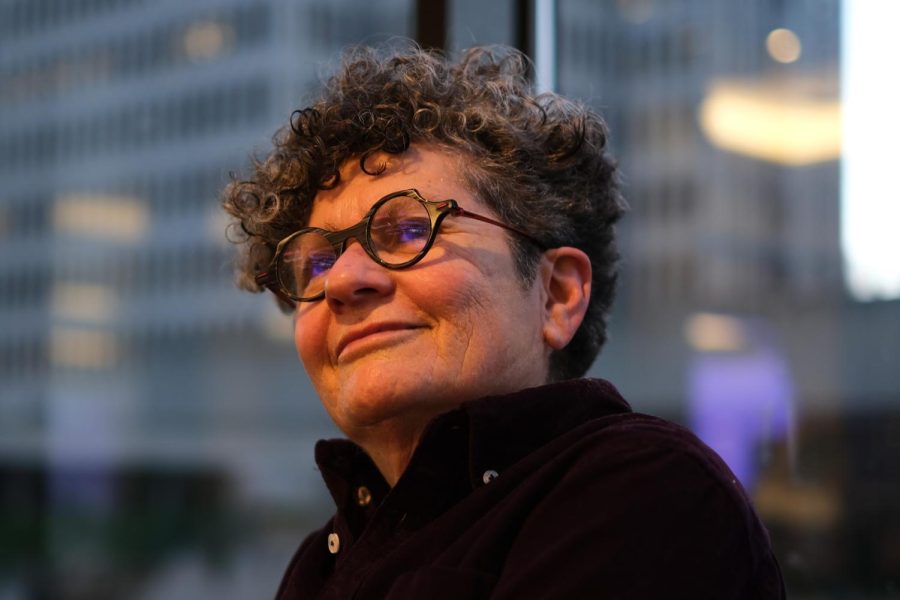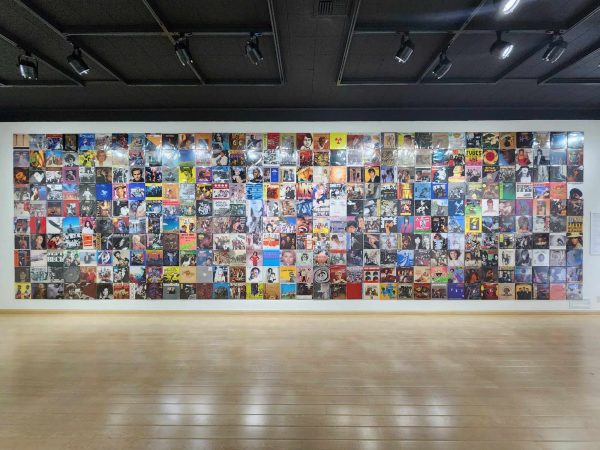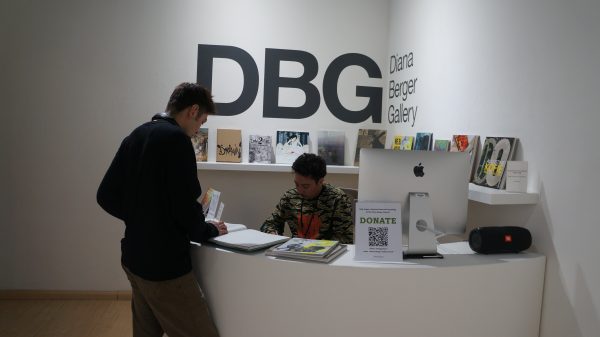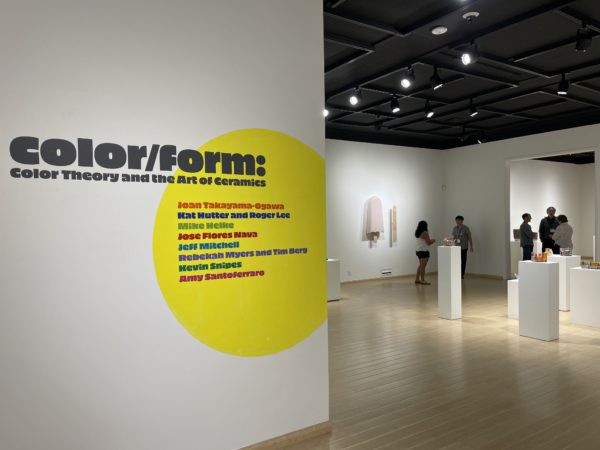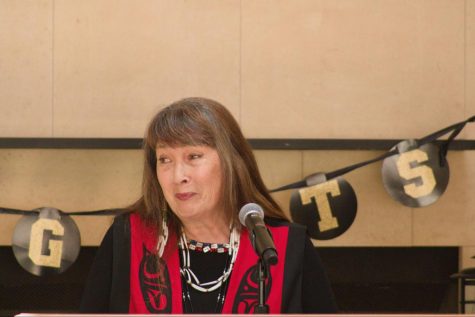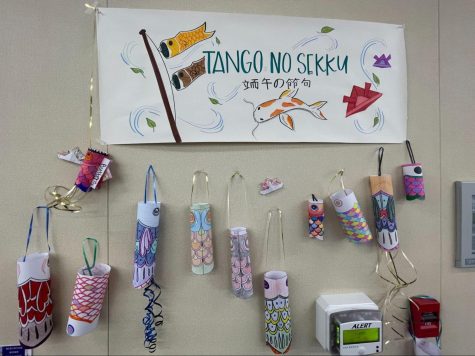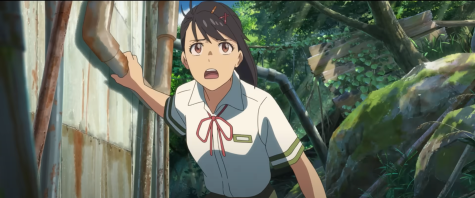It’s time to expand the narrative
How one award-winning filmmaker is nobly telling stories of the untold
Portrait shot of Vivian Kleiman.
America’s demographics are increasingly diverse, and yet it is all too common for newsrooms and media companies to tell stories that do not reflect the ever-changing faces of those around us.
This lack of multidimensional storytelling has in turn created a great lack in diversity and representation, which has adverse real-life consequences.
Why must so many stories go untold? When will there be new faces of inspiration? How can writers and filmmakers alike free the tongues of those who are unable to speak or have yet to be presented the opportunity to based on their identity?
Such questions have been the primary driving force behind award-winning documentary filmmaker Vivian Kleiman.
Kleiman, who was raised in Philadelphia, which she jokingly referred to as a “suburb of New York,” was born to a very religious home that she did not feel like she belonged in growing up.
“You might say I’ve been marginalized most of my life,” she said.
She mentioned struggling with her sexuality as a child, even believing that it was an illness to be attracted to other women, this struggle with her sexuality was the most important part of her upbringing.
Conflicts of feeling like an outsider were always common themes in Kleiman’s life and yet interestingly enough, Kleiman benefits from being an outsider as seen in her work. She credited her experience with alienation as what encouraged her to get into filmmaking.
“[With filmmaking] you’re kind of an outsider,” Kleiman said. “You’re kind of like observing stuff, insider/outsider, kind of a role. So I think that some of the feeling like an outsider growing up in that world, definitely it’s made me being the outsider in my work, closer to my comfort zone, in a way. I like observing what’s going on around me, paying attention.”
She dubbed herself as an “enabler” of stories as she creates her works in the hopes of not investigating her subjects, but rather learning more about people and the conditions of their life and psyche, which she referred to as “what makes them tick.”
Kleiman chooses to tackle more challenging topics in her documentaries as opposed to pieces one would consider lighthearted and popular, a big reason being her previous involvement with various political organizations that range from prison work to women’s rights movements.
Her activism and social work were the point of origin that further pushed her to get involved with film and use it for a greater purpose.
She said she is using film as a tool for social change and thinks of art as a vehicle for activism, finding it incredibly important that films revolving around a narrative from marginalized people must allow said people to feel as though they are an “us” with the opportunity to share their life experiences rather than an “it” to be studied.
Her ultimate goal behind every film she makes is that they are able to transcend time.
“I give a lot of love and attention and care to each film because I know that my work will then have a long shelf life,” she said. “The work that I do still resonates many decades after it’s been completed, as opposed to a lot of stuff that just goes on the net, comes down again or it’s up on whatever. I like to see my work actually stay in college campuses and be used in syllabi by educators for a long time who will find new relevance and new meaning over the years in the work. That gives me much joy.”
Her films and efforts in storytelling have gone on to earn her a George Foster Peabody Award, an Academy Award nomination as well as an Emmy Award nomination.
Films that span from the ‘80s to the modern day indicate a long life of filmmaking for Kleiman, but with more projects in development, it doesn’t appear like Kleiman is done just yet.
